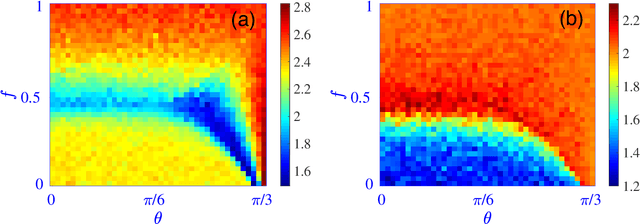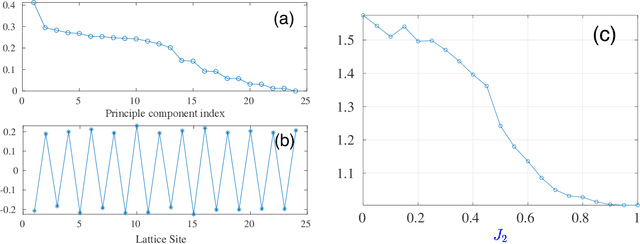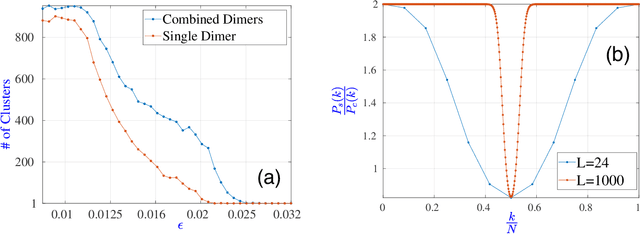Unsupervised machine learning of quantum phase transitions using diffusion maps
Paper and Code
Mar 16, 2020



Experimental quantum simulators have become large and complex enough that discovering new physics from the huge amount of measurement data can be quite challenging, especially when little theoretical understanding of the simulated model is available. Unsupervised machine learning methods are particularly promising in overcoming this challenge. For the specific task of learning quantum phase transitions, unsupervised machine learning methods have primarily been developed for phase transitions characterized by simple order parameters, typically linear in the measured observables. However, such methods often fail for more complicated phase transitions, such as those involving incommensurate phases, valence-bond solids, topological order, and many-body localization. We show that the diffusion map method, which performs nonlinear dimensionality reduction and spectral clustering of the measurement data, has significant potential for learning such complex phase transitions unsupervised. This method works for measurements of local observables in a single basis and is thus readily applicable to many experimental quantum simulators as a versatile tool for learning various quantum phases and phase transitions.
 Add to Chrome
Add to Chrome Add to Firefox
Add to Firefox Add to Edge
Add to Edge